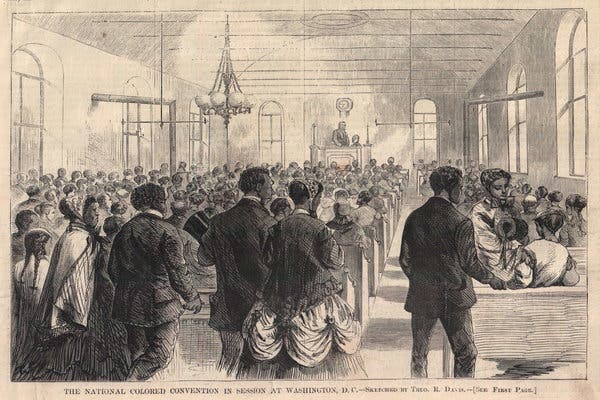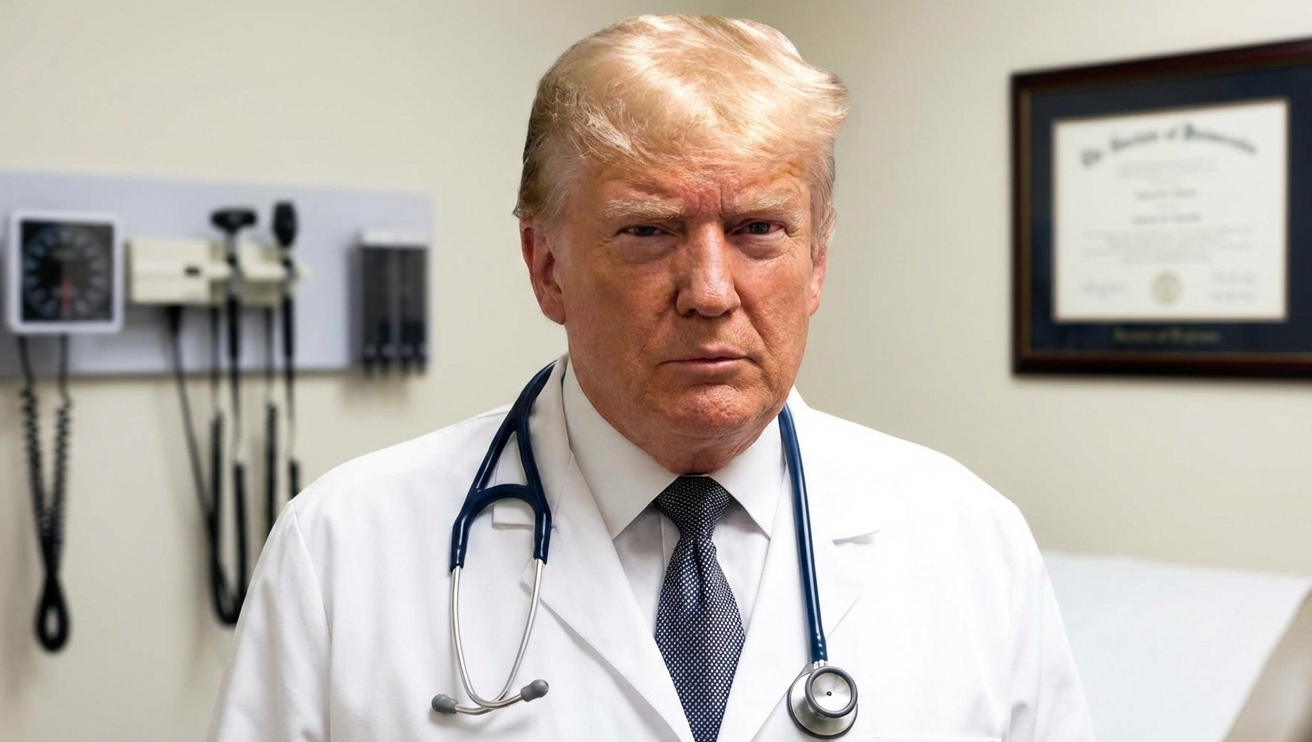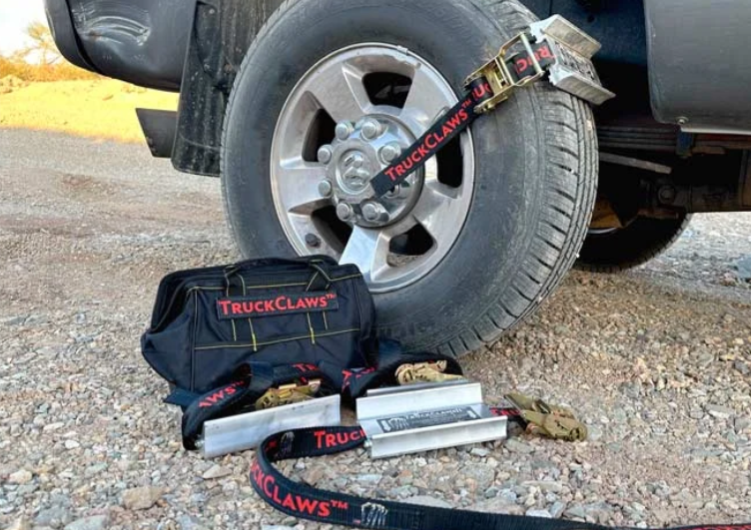(ThyBlackMan.com) “The impetus behind the national black convention movement was growing concern over the status of blacks in the United States, with Hezekiah Grice initiating the movement. Grice was a young black abolitionist who had actively participated in antislavery activities with white abolitionists Benjamin Lundy and William Lloyd Garrison, in Baltimore, Maryland during the 1820s, and whose sentiments came to a head after the Cincinnati Riot in 1829, which resulted in anti-black violence.” National Black Conventions and the Quest for African-American Freedom and Progress 1847-1867 Shawn C. Comminey International Social Science Review.
When we think of our sojourn here during the British colonial period and following the creation of the United States, all too often we only think of enslavement. We tend to forget or never knew there was a significant population of free Blacks both in the north and the south.

Free Blacks despite their “freedom” were not integrated within the larger society. While many were successful farmers and entrepreneurs, their lot was not guaranteed because their status was dependent upon the largess of the dominate society. In fact many whites viewed them with suspicion and fear because they felt free Blacks gave enslaved Blacks ideas and hope about freedom. There was also the issue of competition for work, living spaces and land use, as well as the notion that America was a white man’s nation. This resulted in free Blacks being targeted with recurring violence and organized riots by whites. Free Blacks were not only concerned about their own precarious status but also that of their enslaved brethren.
In the midst of this tension Blacks came together to discuss what they perceived as their own best options and what they could do to better the lot of enslaved Afro-Americans. These gatherings were called Negro Conventions. “The National Convention met a dozen times before the Civil War in Pennsylvania, Ohio, and New York State. The catalyst for the first meeting in Philadelphia centered upon a proposal by city leaders to oust Cincinnati’s black population as a response to conflict that had emerged over job competition between black and white men. The Cincinnati Riot of 1829 led black leaders to organize throughout the Midwest and Northeast in protest against anti-black violence, discrimination, and slavery.” National Negro Convention Movement 1831-1864.
The discussions during these conventions reflected the social, political and economic tenor of the day. The violence endured by enslaved Afro-Americans and the tensions and conflict experienced by free Blacks prompted free Blacks to meet to discuss their situation. These were not merely meetings to “blow off steam” and vent. They featured serious discussions and often included plans to immigrate back to Africa (either on their own or as part of the American Colonization Society’s plan to establish a colony of free Blacks in Africa), to Canada or form their own independent settlements beyond the confines of the territorial United States (which I’ll share in another article). They often pooled their resources to help the campaign to abolish slavery by supporting Blacks who printed newspapers, pamphlets and books. Others spoke out ardently attempting to persuade free Blacks to leave the US because they did not feel whites would ever open society and allow Blacks to thrive in a completely free atmosphere.
Our ancestors did not see themselves as powerless victims. They fully understood the reality of their quasi free status and they wanted better for themselves and their enslaved people. Coming together to meet was merely one of the ways they attempted to alter their condition and make things better for themselves and their enslaved brethren. They also took action by petitioning the government and by starting their own communities. We’ll discuss this in another article.
Written by Junious Ricardo Stanton
Official website; http://fromtheramparts.blogspot.com
















Leave a Reply